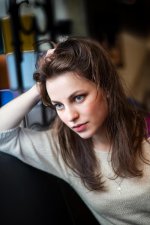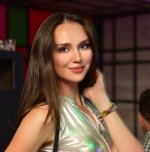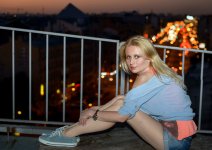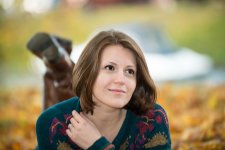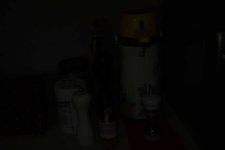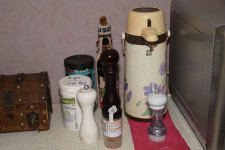Dear Stan and Horoscope Fish,
You did help me a lot - I really am satisfied with your explanations to a "newbee" like myself.
The answer that I got from NIKON BELGIUM is the same - although they do not give that much information like you do...
I all makes sense when I change my thing for 100% : the shoot a few weeks ago was a malfunction of the camera - the D500 did show me the ISO-levels at which he would take the picture - the same a if I turned "off" the flash. Only he kept showing me those ISO-settings with flash to "on". I thought that it was the normal procedure and I was happy with it, because I could follow the ISO-levels and lower my speed or take a bigger aperture in order to get the ISO a bit lower to my taste.
But this behaviour at that time was not "normal" - now he acts normal by not letting me see the iso - only 4x the min.iso-setting (400) and this value does not change when I point to dark or bright areas. But I finally understood that this is the "normal" thing for the camera, I can set the flash-limit instead of 8000 or 6400 lower to let's say 3200 in order to prevent the machine to go in the too-high iso.
The stuff to go to manual : that is another thing - when I work in "M" then without flash I set the speed and aperture that I desire : camera takes automatically the ISO-level for that combination + shows it to me. Then if necessary I lower speed or take bigger aperture till I am satisfied. This is my way to do it (without flash). But when putting the flash to "on" then I do not have the iso-information like before without flash and I must say : then I am lost....
Do you know some good books - reading - about how to be able to become "a more professional photographer" and to be able to work manually with flash + compensation etc. etc.
Many thanks,
Jos
You did help me a lot - I really am satisfied with your explanations to a "newbee" like myself.
The answer that I got from NIKON BELGIUM is the same - although they do not give that much information like you do...
I all makes sense when I change my thing for 100% : the shoot a few weeks ago was a malfunction of the camera - the D500 did show me the ISO-levels at which he would take the picture - the same a if I turned "off" the flash. Only he kept showing me those ISO-settings with flash to "on". I thought that it was the normal procedure and I was happy with it, because I could follow the ISO-levels and lower my speed or take a bigger aperture in order to get the ISO a bit lower to my taste.
But this behaviour at that time was not "normal" - now he acts normal by not letting me see the iso - only 4x the min.iso-setting (400) and this value does not change when I point to dark or bright areas. But I finally understood that this is the "normal" thing for the camera, I can set the flash-limit instead of 8000 or 6400 lower to let's say 3200 in order to prevent the machine to go in the too-high iso.
The stuff to go to manual : that is another thing - when I work in "M" then without flash I set the speed and aperture that I desire : camera takes automatically the ISO-level for that combination + shows it to me. Then if necessary I lower speed or take bigger aperture till I am satisfied. This is my way to do it (without flash). But when putting the flash to "on" then I do not have the iso-information like before without flash and I must say : then I am lost....
Do you know some good books - reading - about how to be able to become "a more professional photographer" and to be able to work manually with flash + compensation etc. etc.
Many thanks,
Jos

